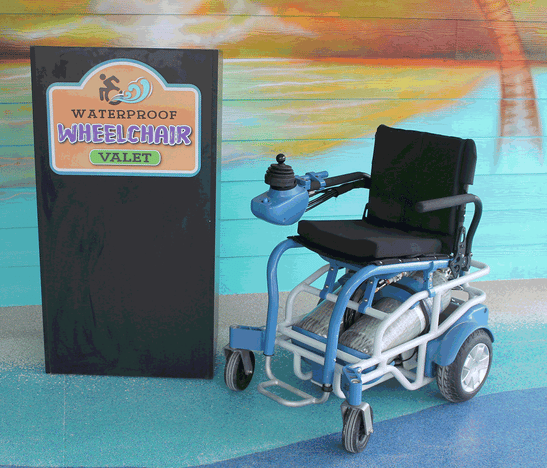The Innovation Institute’s licensing and intellectual property professionals are critical to our mission of helping others achieve impact for their ideas and discoveries. They are typically the first contact that Pitt faculty, staff and students have with the Innovation Institute. Many of them have advanced degrees in science, business or law, and several have multiple such degrees.
These professionals are involved at each step of the commercialization process, from processing incoming invention disclosures to filing patent applications and working with others at the Innovation Institute to market technologies to prospective licensees, to negotiating licensing terms and maintaining relationships with licensees after licenses are executed. We will be letting you get to know them throughout the year.

George Coulston is a technology licensing manager for the Innovation Institute, which he joined in 2016. Prior to coming to Pitt he held senior management and executive positions at Vesuvius PLC, Kennametal Inc., and DuPont. He holds a bachelor's degree in chemical engineering from University of Connecticut, a PhD in engineering and applied science from Yale University, and an MBA from the University of Pittsburgh Katz School of Business.
What attracted you to work in university technology transfer?
I have always been interested in basic science and technology. I have a PhD in engineering and applied physics, but then spent 25 years plus in industry, with a large portion of that in executive management. So I have had a lot of experience in the commercialization of new technology. I decided I wanted to get back to an academic environment. I thought about a faculty position, and had actually been offered one much earlier in my career, but I had been out of research for far too long and decided the best place for me to add value would be in a technology transfer position.
What Pitt technologies have you been involved with commercializing are making a real-world impact?
The one that jumps to mind immediately is the pneumatic drive wheelchair technology. Nothing makes me happier than seeing a smile on the face of a child. That technology does that. The first commercial use of the technology was at a water park, Morgan’s Inspiration Island, in Texas. The pneumatic chair allows kids who use wheelchairs, who normally can’t use their electric chair in or around water, to fully experience what other kids who don’t use wheelchairs experience.

Photography courtesy of Morgan's Wonderland.
What are some misconceptions that you encounter with faculty and students as they begin the process of innovation commercialization?
There are, at times, misconceptions on what it means when you file an invention disclosure with the Innovation Institute. Some people are under the impression that by filing a disclosure, they have protected their idea or discovery. But while the invention disclosure is an important first step, it is only that, and more work needs to be done to protect the intellectual property before talking about it publicly. And some people have misconceptions about the difficulties in getting a technology commercialized, and the big gap that companies or startups have to close to take a technology coming out of a university and further developing it into an article of commerce. If we can patent protect those discoveries, it increases the likelihood that they can be licensed and developed into products that can improve people’s lives. We don’t patent to put up barriers; we do it because companies have a lot of investment to make to take a technology from a university lab and make it commercial. In order for them to make that investment, they usually want the exclusive rights to a technology that a patent affords.
What is the faculty member’s role after an invention disclosure is filed?
Once we receive an invention disclosure and after the decision is made to file for patent or copyright protection, we need the faculty member and the other inventors who are collaborators to participate in the commercialization process. We don’t want to turn them into marketers, but the fact is, they are generally well-connected to the companies that can commercialize their technology, and we need those connections. It can simply be passing on a contact to us whom they met at a conference or trade show, and we can close the loops.
What changes would you like to see occur in Pitt’s innovation ecosystem?
I would like to see more diversity in the source of invention disclosures. I’m responsible for a large portion of the physical sciences tech transfer at Pitt. There are a lot of faculty members who have not disclosed discoveries. I am quite confident, given the quality and the quantity of research undertaken at the University of Pittsburgh that there is some very good, breakthrough type work being done where we are missing the opportunity to protect that intellectual property and impact the marketplace and society.
What changes have you witnessed in university technology transfer in your career thus far?
One of the things I see is that universities are trying harder, as is Pitt in particular, to find ways to get innovations developed and licensed. I can remember when I was working in industry when it was hard to negotiate with a university for intellectual property, for a variety of reasons. The mindset is shifting and universities are working harder to be more flexible. We at the Innovation Institute are also working diligently to instill customer service as a core value of who we are to better serve our customers, both inside the University, and that would include faculty, students and staff, and with our external partners, including industry, investors and others.
If you are a Pitt faculty, student or staff member with an innovation in the physical sciences, or you are interested in learning more about Pitt's portfolio of physical science based intellectual property for potential licensing, sponsored research or other partnership opportunities, contact George Coulston at gcoulston@innovation.pitt.edu.